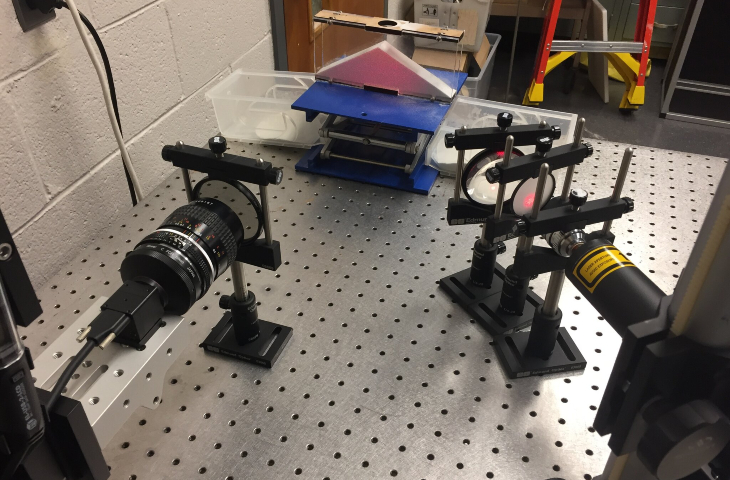
Douglas Jerolmack and Paulo Arratia, professors in the Department of Mechanical Engineering and Applied Mechanics, are interested in the way particles in complex systems flow. These sorts of systems are all around us, and understanding them has never been more critical; after the COVID pandemic shut down public performances, Jerolmack and Arratia collaborated with the Philadelphia Orchestra to study how aerosols travel from woodwind and brass instruments.
These systems also include things that seem anything but fluid. Jerolmack and Arratia have recently published a study in the journal Nature Communications that shows that much of the terrain we see as being the definition of stability is, in fact, constantly shifting.
Jerolmack, whose primary appointment is in the School of Arts and Science’s Department of Earth and Environmental Science, and Nakul S. Deshpande, a graduate student in Jerolmack’s lab and the lead author of the study, spoke with Adam Mann of the New York Times about how their experiments have upended the field of geomorphology’s understanding of this phenomenon:
Until recently, most scientists would have said that things like burrowing animals, falling trees, earthquakes and lightning strikes were responsible for deforming much of the world’s terrain. But new experiments that involve shooting ultraprecision laser beams at sand piles instead suggest that creep is an inherent part of any environment and would occur even in the absence of all other action.
“Everything is moving all the time,” said Nakul Deshpande, a geophysics doctoral candidate at the University of Pennsylvania. “It’s not just an analogy. It’s real, it’s what’s happening.”
Read “The Hills Are Alive With the Flows of Physics” at the New York Times.
